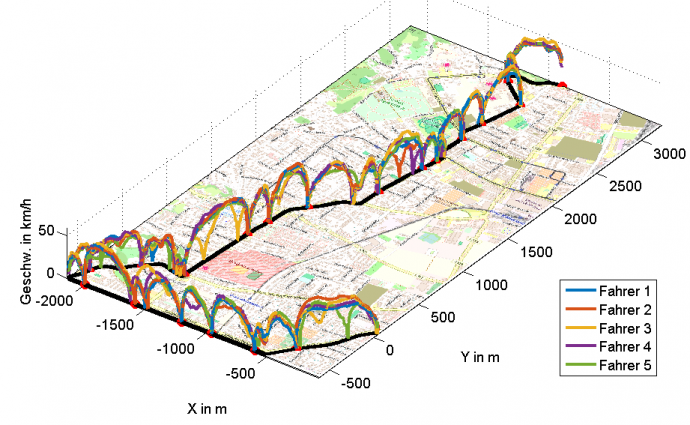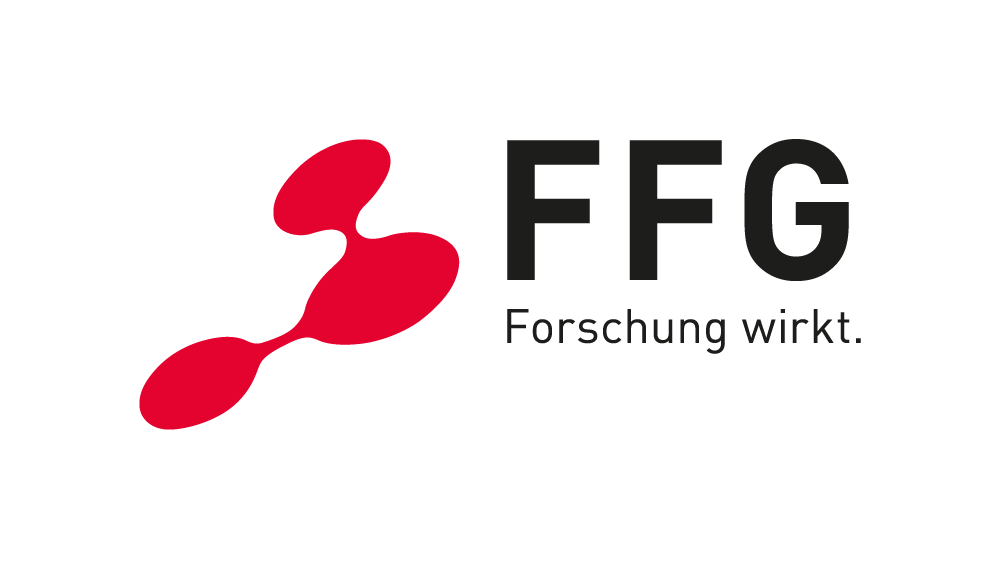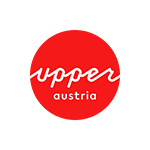Hybrid Drives already play an important role in individual transport systems, and getting increasingly important with public transport systems as well. A peculiarity of public transportation is the repetition of the routes. This poses the question if the demand on the drive is predictable and if this prediction is useful for optimizing of the Hybrid Drive strategy and minimizing the fuel consumption. This article presents the optimization strategy of a hybrid public bus line, minimizing the fuel consumption over a full bus route.
Challenges in the control of
Hybrid Drives
Employing a Hybrid Drive (a combination of a common internal combustion engine with an electric drive) allows increasing the efficiency of a Drive System by recuperation of braking energy and by avoiding inefficient load situations for the combustion engine. By increasing the efficiency, the fuel consumption of the system will be improved. These savings can only be realised and used to their full potential, if the control system uses combines both drives (combustion engine and electrical drive) in an intelligent way. The challenge lies particularly in the fact that the knowledge about the current load situation is not sufficient for an optimal control strategy, but the future load situation play an important role as well. An ostensive example is the approaching of a traffic light – it makes a difference in the optimal control strategy if the traffic light will be red or green in the moment of passing, even if it is still 200 m away.
The knowledge about future load situations is limited in private transport systems, like cars, but the picture is different in public transport systems: A public bus for instance is taking always the same route and this poses the question if this behaviour can be used, to gather enough information such that future load situations may predicted well enough that the optimization can be accomplished without further information from infrastructure systems (like infrastructure-to-vehicle communication systems).
Optimization using prediction models
A key aspect of the presented method and solution is the prediction model, that allows to predict future load situations only using currently available information (and the model). The currently used model was determined using real life measurements from a public bus line in Graz, but may be adopted to different lines in different cities if sufficient data is available. A real time optimization strategy was developed using this model and information about the Hybrid Drive. This optimization is constantly making decisions about the most effective way to use the Hybrid Drive and the optimal use of the combustion engine and the electric drive. The objective of the optimization is the minimization of fuel consumption for a whole cycle of the bus route. A simulation study has shown that the quality of the prediction model is sufficient to improve the optimization of the Hybrid Drive. On top of that, the developed methods could be implemented in a sufficient efficient way, making them deployable onto common embedded system architectures.
Impact and effects
[Besides the mentioned prediction model that was developed for an exemplary bus route and the mentioned real-time capable optimization routine, a tool was developed that helps in adapting the model and the optimization to different routes and different types of Hybrid Drives (different engine characteristics or even different hybrid configurations).
As the only requirement for adoption of the presented system is the Hybrid Drive itself and the control module, and as the company partner has the tools at hand to adapt it to further test cases and hybrid configurations, it is expected that the presented solution allows for an increasing adoption of Hybrid Drives in public transport systems. With that the presented solution may provide a small contribution to decrease the fuel consumption and often more importantly, the air pollution in metropolitan areas around the world

Abb. 2: Data used to develop the prediciton model – typical velocities along the bus route in Graz
Contact and information
K2-Center, ACCM
Linz Center of Mechatronics GmbH Project coordinator
Altenberger Straße 69, A-4040 Linz Prof. Luigi del Re
T +43 (0) 732 2468-6002
E office@lcm.at, www.lcm.at
Project partners
| Organisation | Country |
| Steyr-Motors GmbH | Austria |









